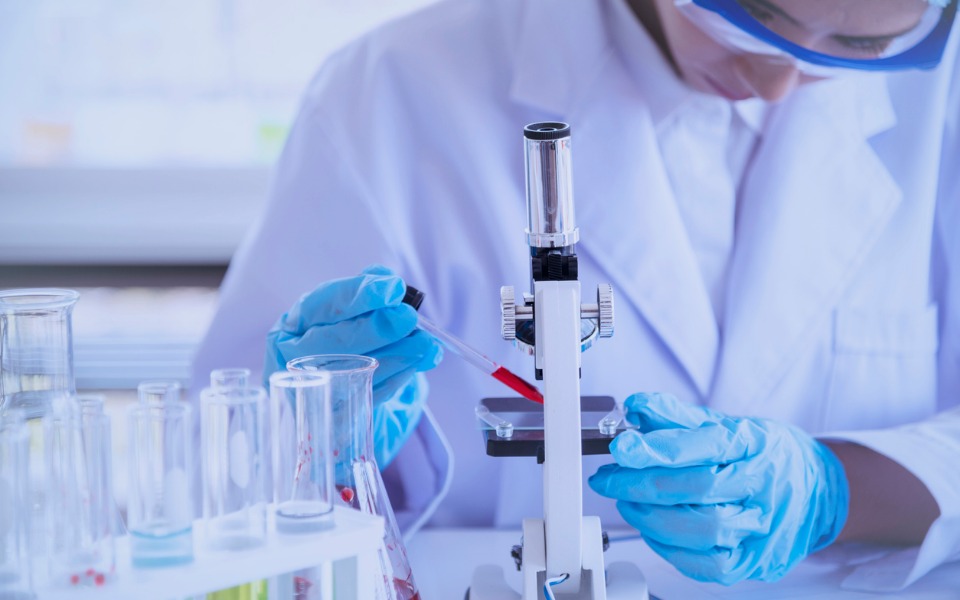
COVID vaccine likely by Feb, 30 crore Indians to be priority beneficiaries
Now that we know the Covid vaccine is likely to be available after February next year, the curiosity is to know who gets the shot first. Even the Union Ministry of Health has made it clear that considering the long list of priority beneficiaries, the time by when the whole country gets the immunity shots would be at least a year from the first vaccination schedule.

Now that we know the Covid vaccine is likely to be available after February next year, the curiosity is to know who gets the shot first. Even the Union Ministry of Health has made it clear that considering the long list of priority beneficiaries, the time by when the whole country gets the immunity shots would be at least a year from the first vaccination schedule.
Bharat Biotech aims to launch its vaccine — Covaxin — in February. The Union government is busy preparing the vaccine delivery procedure, including identifying the priority groups that will be administered the vaccine first and at no cost.
Union health minister Harsh Vardhan said that a total of 30 crore priority beneficiaries will get vaccine doses in the initial phase that too for free. All states have been asked to prepare their own priority beneficiary lists and submit to the Union Health Ministry by mid-November.
Four priority categories identified so far: –
1. One crore healthcare professionals: Doctors, nurses, ASHA workers and MBBS students.
2. Two crore frontline workers: Municipal workers, police and armed forces.
3. Twenty-six crore people aged above 50.
4. One crore special category people, which includes those below 50 but with co-morbidities.
To avoid duplication of doses or malpractices, the beneficiaries will be required to provide Aadhaar number. Just in case a person doesn’t have an Aadhaar card, any government photo identity will be acceptable.
Where would the vaccines be available?
Anganwadi centres, schools, panchayat buildings and other such setups would be used in addition to healthcare facilities for anti-coronavirus inoculation drive. The entire process will be monitored by the Union Health Ministry’s digital platform. To maintain complete transparency, the government will send SMSes to recipients informing the time, date and venue to get the shots and digitally connect them and also track them via QR code.
The state governments are identifying buildings which can be used as vaccination booths. Besides, healthcare facilities like hospitals, the state governments will use anganwadi centres, schools, panchayat buildings and other such setups.
The Electronic Vaccine Intelligence Network (eVIN) system provides real-time information on vaccine stocks and storage temperatures across all cold chain points (28,000 so far) in the country under the UIP.
COVAXIN Developer Bharat Biotech To Invest Rs 300 Crore To Set Up Facility In Odisha To Produce 10 Types Of Vaccineshttps://t.co/zvMF99CqNo via @swarajyamag
— Aashish Chandorkar (@c_aashish) November 7, 2020
The prime minister, during a review meeting last month, had suggested making use of the experience of the successful conduct of elections and disaster management, for developing the vaccine delivery and distribution system, involving the participation of states/UTs/district-level functionaries, civil society organisations, volunteers, citizens, and experts from all necessary domains.
Union Health Minister Harsh Vardhan had said in October that the Centre expects to receive and utilise 40-50 crore doses of COVID-19 vaccine by July next year.
Also read: Aspirin to be evaluated as possible treatment for COVID-19
Caseload in India and abroad
The number of new daily infections in the country crossed the 50,000 mark yet again on Friday, but the recoveries remained higher, almost 54,000, leading to a further decline in the active cases, which have come down to just about 5.16 lakh now.
Delhi recorded 7,178 of them. Experts say that the capital is experiencing the third wave which is likely to be more severe than the first two. In the last four days, Delhi has reported more than 6,000 cases a day.
During the first wave, Delhi had contributed the maximum number of cases in the country on June 23 — 3,947 new infections. At that time, Delhi’s total caseload was around 70,000, the second highest in the country after Maharashtra, which had been reporting about 4,000 new cases every day. In the second and third weeks of June, Delhi’s daily new detections used to be second only to Maharashtra.
The caseload of Delhi had come down steadily after the June 23 peak, and for over a month, Delhi had progressively reported fewer number of infections. It was believed that the spread of the disease had been controlled in the national capital. Since then, Delhi has seen two more peaks, each higher than the previous one.
Meanwhile, the United States became the first country to record more than one lakh cases in a single day. The World Health Organisation said the United States reported 1.06 lakh cases on Friday, taking its total number of confirmed cases to over 93.87 lakh. India was expected to cross the one lakh daily mark, when it had started reporting more than 90,000 cases every day in the second week of September. India peaked at just under 98,000 cases at that time. Since then the number of cases has been declining steadily in India. Now, even France reports more cases than India on some days.

